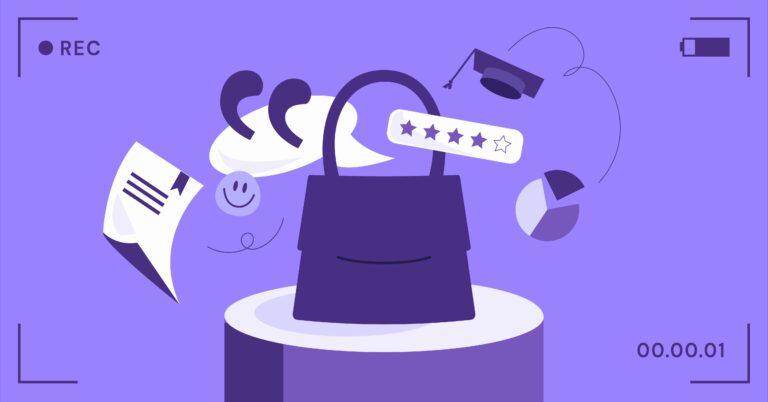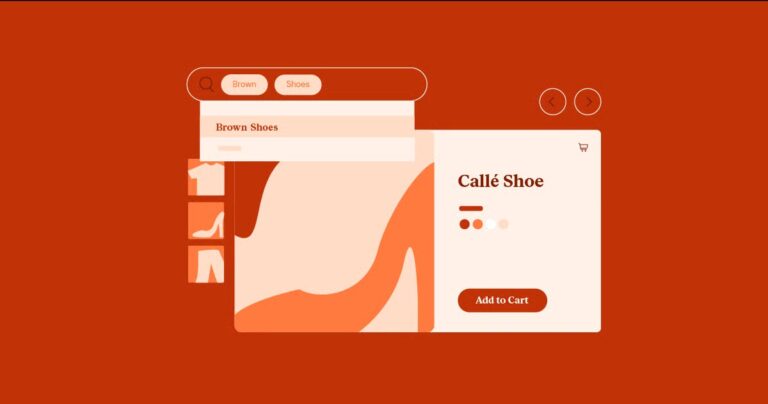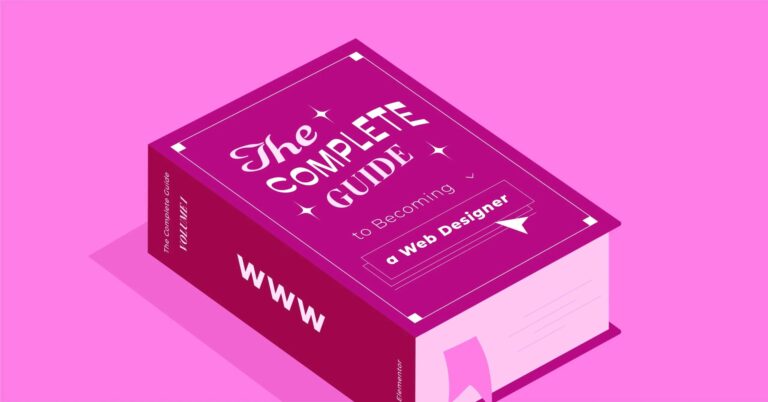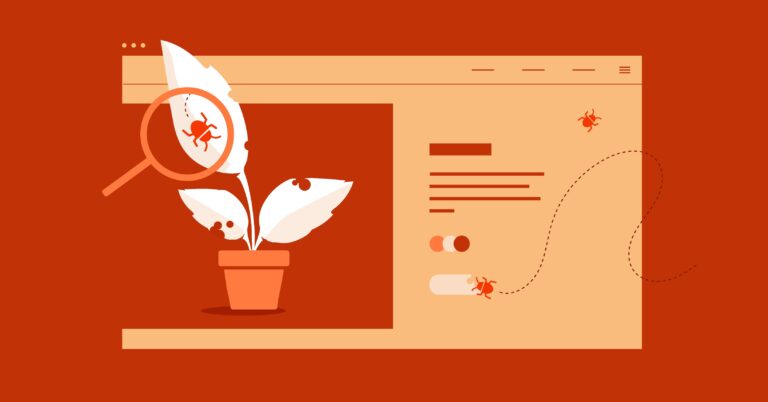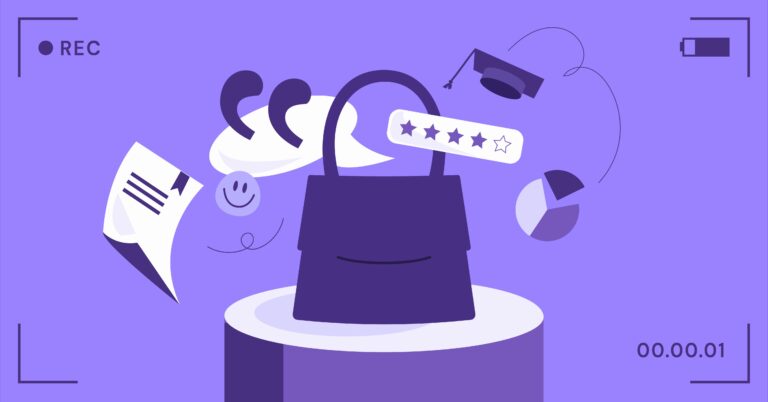
What Is a Dynamic Website? A Complete Guide to Building Modern, Interactive Sites
Go to your favorite social media site. You see a feed of new posts from friends, personalized ads, and recommendations just for you. Now, check your email. You see new messages, and the “unread” count updates instantly. Finally, browse an online store. You see your name in the corner, your shopping cart total, and a list of “recently viewed” items.
